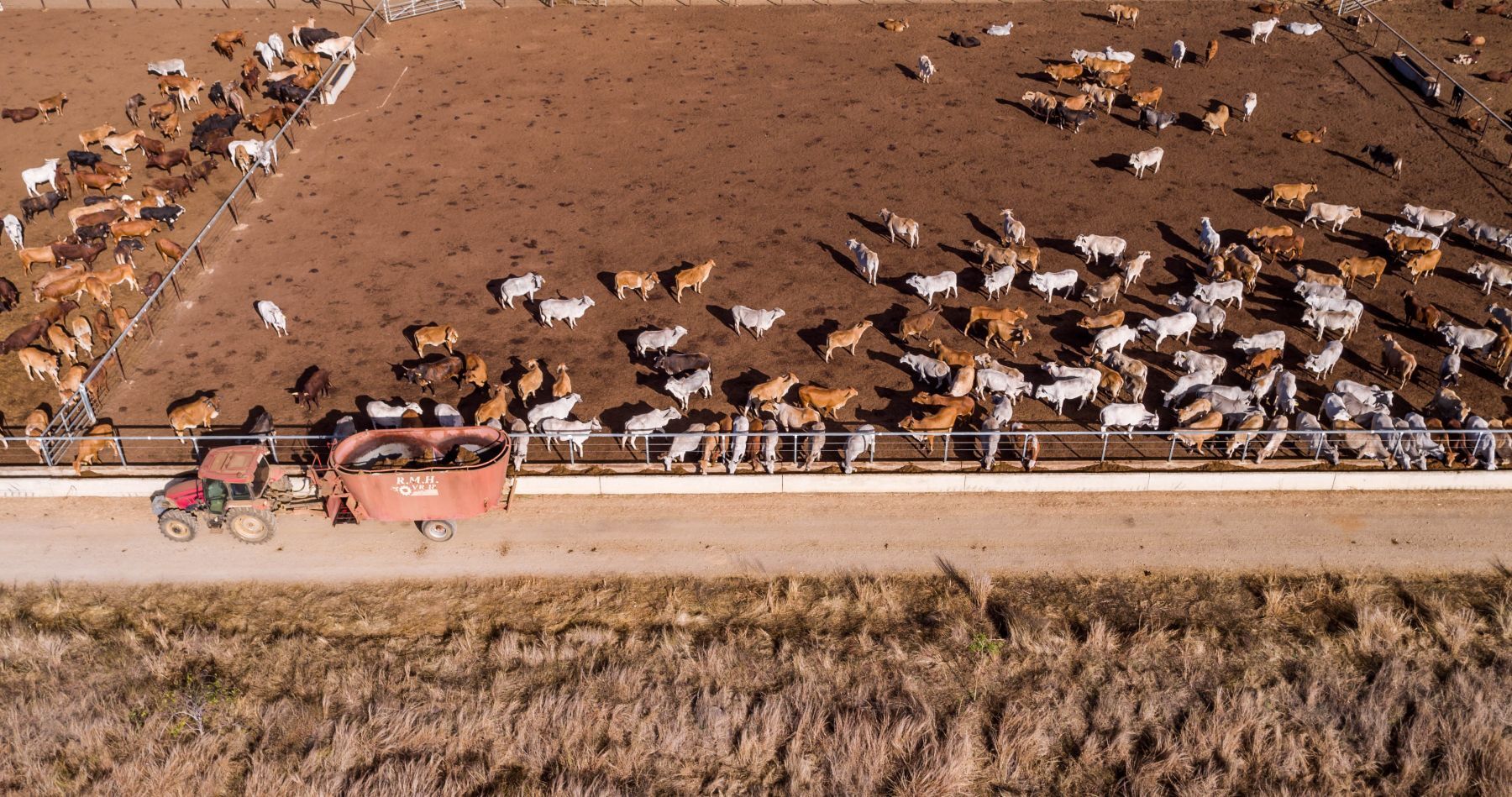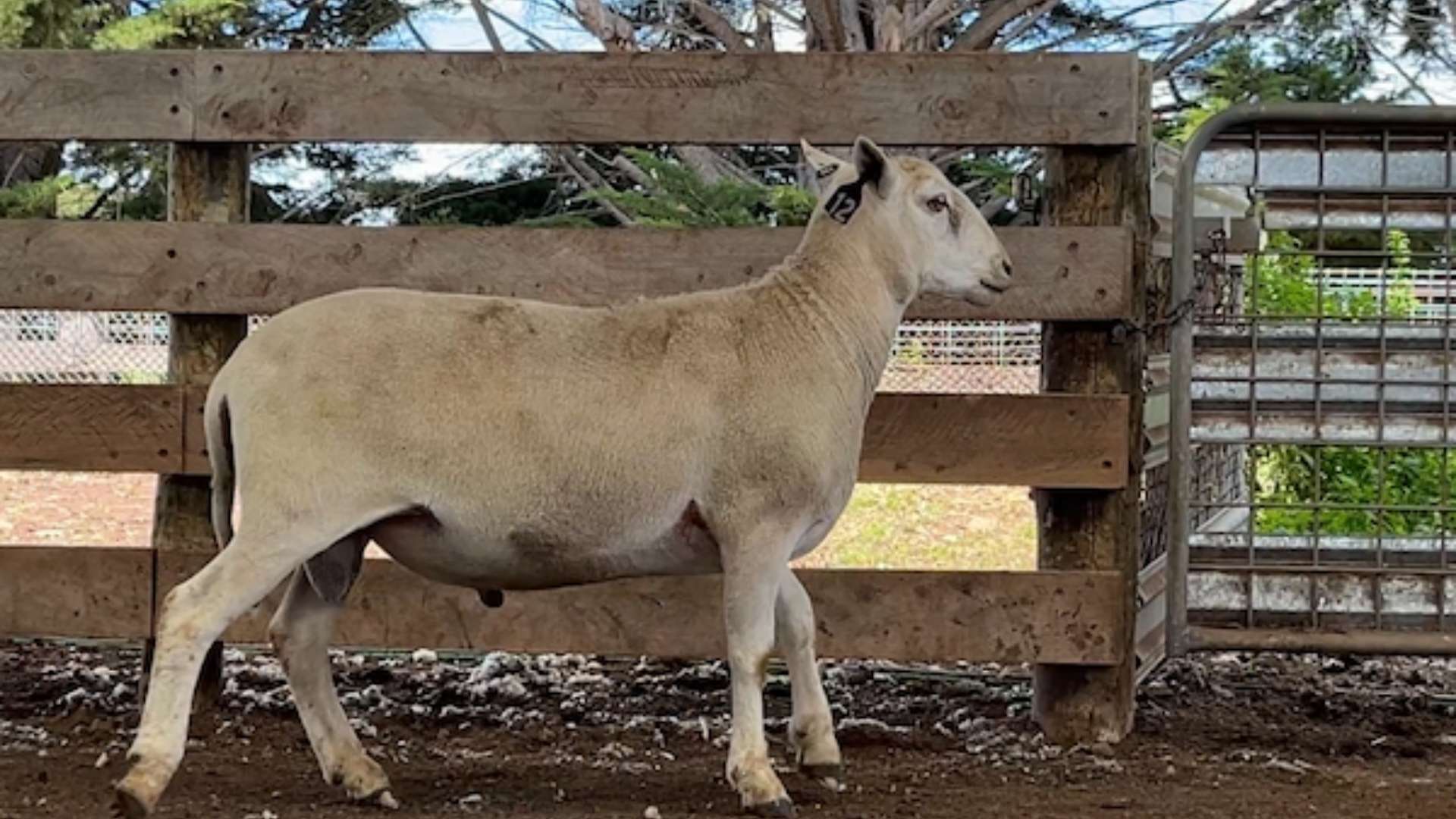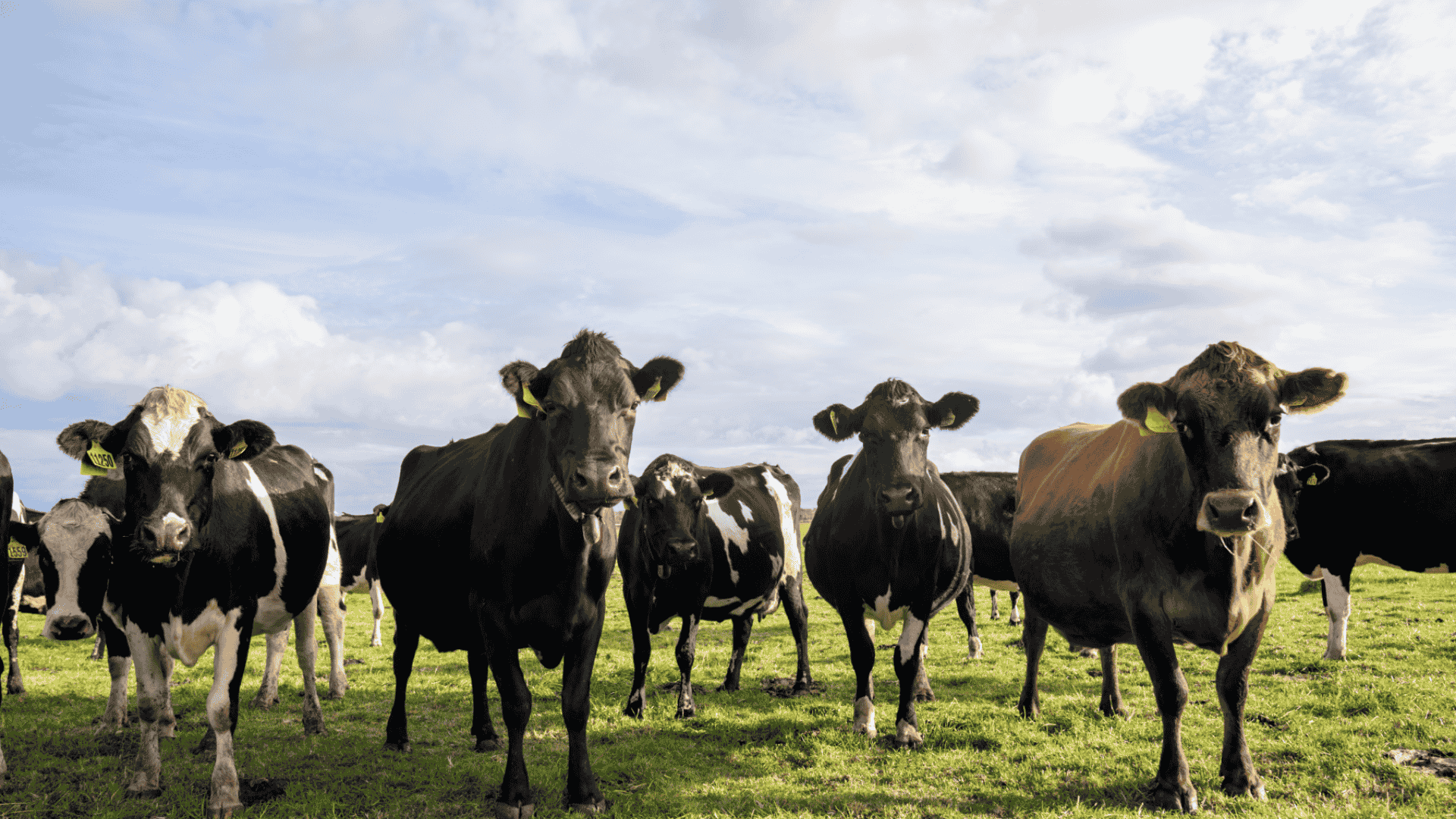Your guide to the 2026 weaner sales on AuctionsPlus
The 2026 selling season is set to commence in early January, with a comprehensive calendar of feature weaner, breeder and store cattle sales being...

New research has shown that methane emissions from Australian grainfed cattle were previously overestimated by more than half.
The research revises the previous estimates of enteric methane emissions from Australian feedlot cattle downwards by 56% on average in the past five years, and 57% in 2021-22.
The updated figures come from University of New England (UNE) studies funded by Meat & Livestock Australia (MLA) on behalf of the Australian Lot Feeders’ Association (ALFA).
Central to the new equation is the fact that Australian feedlot diets are largely based on barley as opposed to the Moe and Tyrrell equation from 1979, which used data from dairy cattle in the United States, where diet and production systems are markedly different from that of modern grain-fed beef cattle in Australia.
READ MORE: 2025 Q1 Cattle Power Rankings: Who was buying and who was selling?
The Department of Climate Change, Energy, the Environment and Water (DCCEEW) has adopted the new Australian-specific equation to calculate enteric methane emissions from grainfed cattle following the UNE research.
“The research involved analysis of previous methane studies on livestock as well as new measurements of methane output at UNE’s facilities,” Professor of Livestock Production at UNE, Frances Cowley said.
“The data collected supported the theory that Australian cattle that were fed a tempered barley-based diet, which is typical of the Australian feedlot industry, produced less emissions than what was calculated with the historic Moe and Tyrrell equation.”
According to MLA Managing Director, Michael Crowley, the results gave the industry a much more accurate picture of the industry and path forward for addressing the Australian feedlot sector’s emissions.
“The development of an Australian-specific methodology for calculating Australian grain-fed cattle emissions is a helpful step-forward for the feedlot industry,” Mr Crowley said.
“As technology has improved over time, measurements have become more accurate and now we have proven thorough research that grainfed cattle have lower emissions than previously thought.
"The grain-fed sector is adopting sustainable practices such as reducing methane emissions through advanced feed and management strategies."
President of the Australian Lot Feeders’ Association (ALFA), Grant Garey, said the results showed that feedlots are committed to understanding their emissions and how to reduce them.
“The research provides lot feeders with accurate information to meet the growing demand for climate-related evidence and reporting,” Mr Garey said.
.png)
The 2026 selling season is set to commence in early January, with a comprehensive calendar of feature weaner, breeder and store cattle sales being...

The first-ever stud ram sale to use integrated Sheep Genetics ASBV data on AuctionsPlus has been hailed a success, with buyers responding strongly to...

Victoria and NSW have both green-lighted virtual fencing technology for cattle this week. Farmers adopting this technology, which uses collars with...